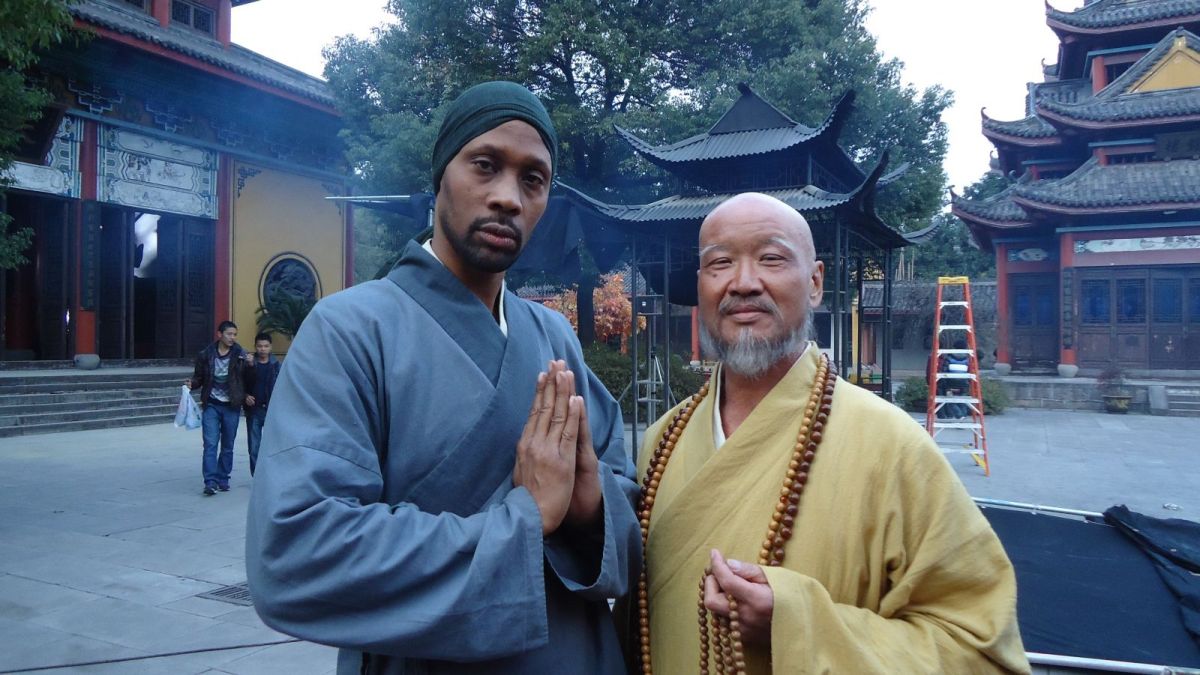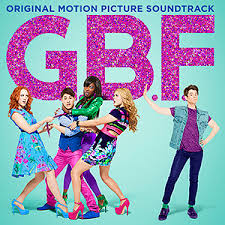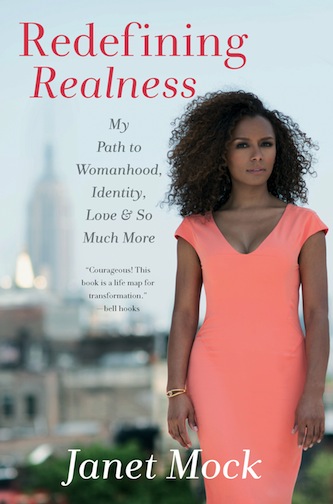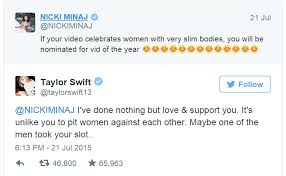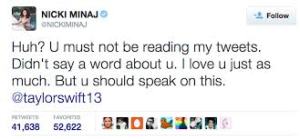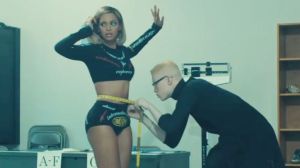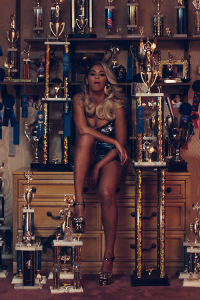The picture above 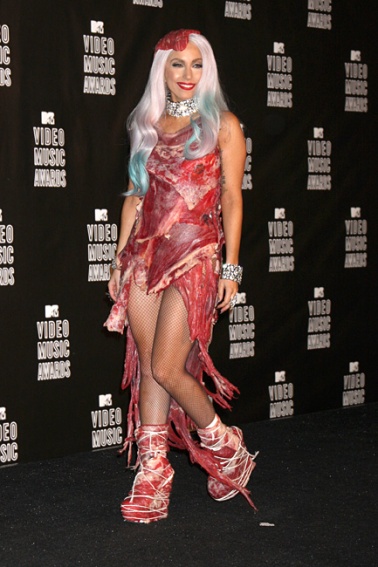 shows pop star Lady Gaga wearing her famous meat suit to the 2010 VMAs. This is a stunt that is very typical of this A-list celebrity; in fact, it is the platform upon which she builds her brand. Gaga is known for deviating from normal pop culture trends, and, this could be argued from two views. Horkheimer and Adorno would argue that she is just another pop star that is being used as a commodity purely for our consumption, but in reality she is an individualistic artist that creates art to evoke an emotional response.
shows pop star Lady Gaga wearing her famous meat suit to the 2010 VMAs. This is a stunt that is very typical of this A-list celebrity; in fact, it is the platform upon which she builds her brand. Gaga is known for deviating from normal pop culture trends, and, this could be argued from two views. Horkheimer and Adorno would argue that she is just another pop star that is being used as a commodity purely for our consumption, but in reality she is an individualistic artist that creates art to evoke an emotional response.
The brand that Gaga represents is unprecedented. She is a very talented musical artist that produces ordinary pop music. But, what makes Gaga stand out is the image that she represents outside of her song lyrics. The visual art that she produces such as music videos, live performances, and live appearances clash with the normality and familiarity of the music that she produces. Her music is typically described as upbeat, lively music with a catchy chorus that would win a spot in the top chart for popular music. This same description could be applied to Taylor Swift, Beyoncé, or Britney Spears. What makes Gaga unique, however, is the juxtaposition of her music versus her image and the visual art she presents. This would qualify Lady Gaga as a pioneer in her field, although there is still the overbearing domination of popular culture that is governed by the capitalism enforced by large industries.
Some would argue that Gaga is not producing true art because her products are produced to be consumed by the media and popular culture. Horkheimer and Adorno would argue that, although her style seems to deviate from the established normality, it is actually just a variation of normal pop culture that is already defined. Her music contributes to large music industry corporations, and no matter what style she represents, they would define her as still a part of this mass culture industry. This would not place Gaga on the outside of the normality, but on the contrary, her music and style would fit perfectly into the established social hierarchy that is defined by large corporations in dominating industries. Although this is true in some cases, it does not apply to Gaga. Instead of complying with established normality, Gaga deliberately defies these implicit regulations. This is more accurately defined by the de Certeau’s theory of strategy and tactic.
De Certeau would describe the position of Gaga as using “tactic,” which opposed the “strategy” that is enforced by mass media. This means that although capitalism exerts an overbearing force on modern art and music, Gaga is exploiting this to her benefit in order to enhance her reputation. Her famous stunts, such as the meat suit, are either protests that bring awareness to the populace, or they are just pure art that is intended to evoke an emotional response. Although Gaga does not dominate the popular culture industry, her aesthetic combined with her musical talents deviates from the norm, and subverts the established system that attempts to govern the populace.






